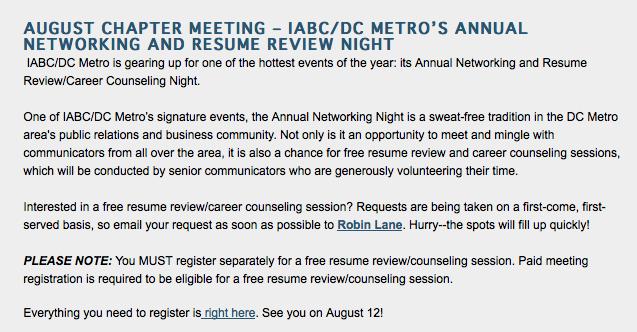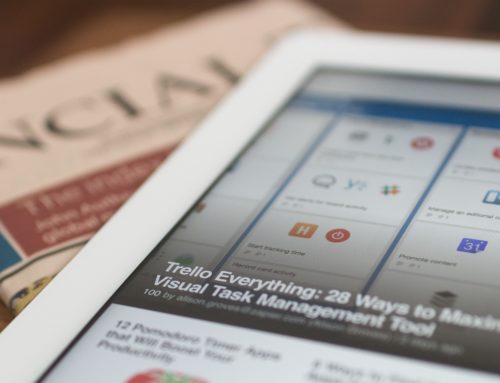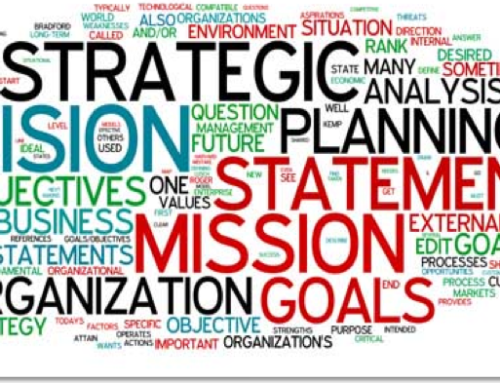
This is the first in a two-part series on organizing a résumé review event
About a year and a half ago
I wrote a post on IABC/DC Metro’s tradition of organizing an annual résumé review, career counseling and networking night (disclosure: I’m immediate past president).
It’s usually a great event, because résumé reviews are always in demand. At this kind of event, people who might not be able to spend a few hundred dollars on one get them for practically nothing, assuming you have a nominal event fee.
It’s also a good experience for those providing reviews, because they get to see what folks’ resumes are like, give them balanced advice not just on the résumés but serve as a sounding board… as well as maybe learn something new from the folks they are advising.
When I wrote the post, quite a few people were interested in learning more about our “formula” for putting on, and pulling off, such an event.
A year and a half later (!) here it is, as a two-part post.
I hope you’ll be able to use this – please adapt as needed to suit your own needs – to organize your own event.
This first part deals with everything you’ll need to do to set up and organize the framework of the event.
1. Set up
Most networking events are program-free, i.e. there’s no speaker or professional development presentation, since the goal is for people to meet and connect with each other.
As a result, they take place just about anywhere beverages (usually adult) can be served, and that’s usually the most important part of the set up.
For an event which also includes a résumé review/counseling component, though, it’s a good idea if the venue is set up not just with a (cash) bar and appetizers, but with tables and chairs so that people can sit down and focus on the job at hand.
When organizing your set up, keep the following in mind:
- Hold it in a room that’s large enough to accommodate a bar, food (ideally a buffet), seating and people milling around
- Ensure the placement of furniture and food allows people to walk around easily without crashing and bumping into them (or each other)
- Make your signage larger and more visible than normal; this kind of event can attract quite a few people, and you don’t want them getting confused as to where to go
- Have clearly designated tables – I call them “stations” – for the résumé review part of the event, with tent cards, e.g. “Station A,” “Station B,” and so on (more on why this helps in tomorrow’s post)
- Scatter a few more tables and chairs randomly for people to sit down and chat, without cluttering up the space
- To add greater dimension to the event, you might want to organize a bulletin board on which people can pin up resumes, job announcements, and so on
Here is a diagram of the set up that we’ve followed – more or less – for the last few years, to help you get started.
And you can see what it looks like in reality from the photo up top.
2. Event schedule
As I’ve already noted, keeping this kind of event mostly informal is a good way to start. But there’s got to be some method to the madness, otherwise you run the risk of ending up with a bunch of slightly inebriated professionals who’ll walk away with nothing more than the possibility of a headache in the morning, or worse.
So decide the schedule for your event. For example:
- What time will you begin and end the event? At our chapter, we’ve stuck with a 5:30 – 8:30 pm time frame, which is usually the time frame for our dinner meetings
- How many review sessions will take place?
This is a very important question, and one you must answer, because if you don’t organize a set number of reviews (and secure people to give, and receive, them), you’re setting yourself up for a concerto of chaos, believe me!
Figure out how many review stations your meeting room will accommodate, as well as how many volunteers you can secure to give the reviews (more on how volunteers can help you tomorrow).
- How long will each review session last? I’ve found that 20 – 30 minutes is a good rule of thumb
- Will you have a break in the event, along the lines of an intermission at the theater? Depends on whether or not you also want to have a speaker (more on that in #4 below)
Personally, I think a break is a good idea, even if you don’t have a speaker.
It’s a good opportunity to give everyone a chance to stretch their legs, make any housekeeping announcements you need to, as well as give job hunters the opportunity to make a brief (keep it brief!) elevator pitch as you pass the mic around.
You can also ask people to share job openings at their companies, or job openings that they’ve heard of, even if not at their own companies.
It’s amazing how many connections are made on the spot when you do this.
3. Getting reviewers and reviewees
A résumé review event is nothing unless you have people who want to get – and give – said reviews. So once you’ve nailed down your date and venue, you have to publicize your event.
Important: make sure to include any requirements for review requests, event registration, etc., in your event copy.
To get reviewees:
- Putting the event notice on your website as soon as you’ve confirmed venue details (and, if you’re going with a speaker, speaker information)
- Including it in your e-newsletter (this is a screen grab of the 2010 event notice in our e-newsletter)

- Posting a note to your blog and/or your organization’s blog
- Posting it to the Interwebz, e.g. Craig’s List, Meetup.com, the Facebook and LinkedIn groups for your organizations as well as relevant organizations in your geographic area (assuming they don’t mind), and so on
- Asking your local business journal to include the information
… and more; you know the drill, these are just a few steps to help you get started.
To get reviewers:
Chances are, you’ll get more requests for reviews than to give them, at least initially. If you don’t get enough reviewers to cater to this demand, you may have to turn a lot of people away, which will be unfortunate.
There is only one way to get reviewers: ask.
Ask people who have supported your organization in the past; ask people who are in the career and HR fields (folks love getting their resumes reviewed by recruiters, who wouldn’t?), ask members of your organization with whom you have a good relationship with.
Ask them if they are willing to do more than one review; remember, they are volunteering their time and you don’t want to take them for granted.
In my experience, people usually say yes. And if they don’t, that’s perfectly fine. At least you’ve asked.
Ask, ask, ask, until you have all the people you need. And include the ask in all the places you’re promoting the event as well.
Remember, people can’t help you unless they know you need it.
4. Speaker
Whether or not you have a speaker is up to you. For many years, our chapter did not have a speaker, and that worked just fine, because folks weren’t focused on hearing from one, they wanted to get their reviews.
Some years ago (I was running professional development for the chapter at the time) the publicist for Rob McGovern, the founder of CareerBuilder.com, asked me if our chapter would be interested in hearing from Rob; he had a new book out at the time.
I thought, why not? It seemed to me that the résumé review event would be a perfect place for Rob to give a short speech, focusing on job-hunting and career-building tips.
So we went for it. Folks enjoyed it, having Rob as a speaker added cache to the event, and to top it all off, he’s a really nice guy and gave away a few copies of his books (a great incentive for people to attend).
I don’t think a speaker is absolutely necessary for this type of event. But if you do plan to get one, keep the following in mind:
- Secure someone who is related to the career and job-hunting field
- Secure them enough in advance so that you can include their information in your promotional materials
- Ensure that their presentation is relatively short – say 10-15 minutes, and allow some time for Q&A
- Schedule the speaker at a time when you are likely to have more attendees present than less; no one likes to speak to an empty room
- Make sure attendees are aware of when the speaker will be presenting, so that they can plan to be there; this is especially important for a networking event, where typically people come and go any time during the event depending on what’s convenient for them
These are the four basic steps you need to take to put such an event together.
Tomorrow
I’ll share how, once these steps were taken care of, we managed scheduling the reviews (cool template coming your way!), communicating with attendees, and more.
But if there are questions or comments that you have in the meantime, would you leave them below? Thank you!

![[EVENT]: PR Hacks for Small Biz (online)](https://shonaliburke.com/wp-content/uploads/2021/06/FB-Ad-1200x800-01-01-01-Copy-500x383.jpeg)








[…] Yesterday, I shared the four basic steps you need to undertake when organizing a resume review event. […]
[…] Yesterday, I shared the four basic steps you need to undertake when organizing a resume review event. […]
[…] This post was mentioned on Twitter by Shonali Burke, SuzieLin. SuzieLin said: RT @shonali: Stepping out of curmudgeon mode for a mo: 4 steps to start organizing a resume review event http://t.co/6m2IfIq [new post] … […]